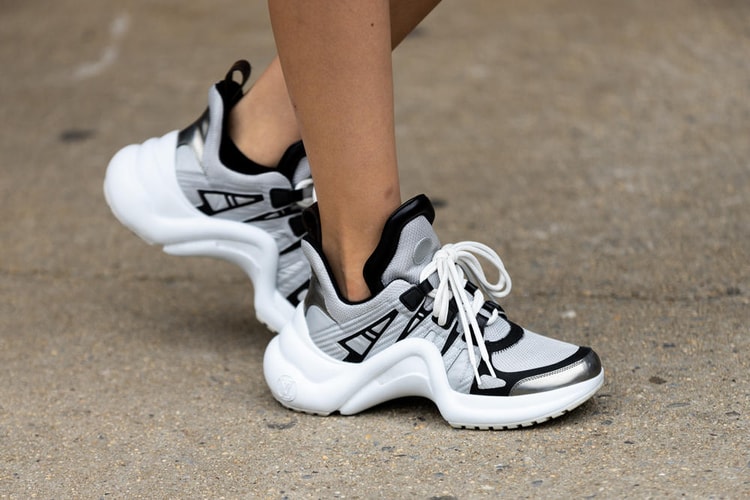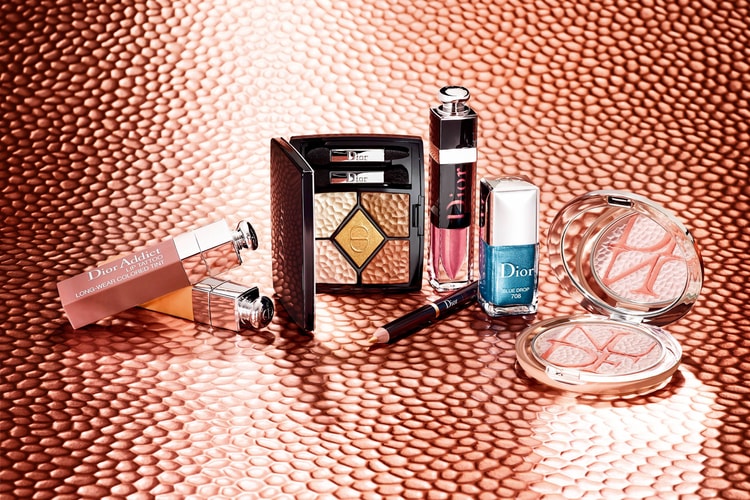Here's Everything You Need to Know About Treating Acne Scarring
Including products that may help clear up your skin.
Dealing with recurring cystic acne can be difficult and finding ways to treat it is only the beginning. Once you’ve found the right solution, the scars they leave behind can sometimes last for years and tackling it can be a journey of its own. People sometimes find themselves trying tons of skincare products promising to be the ultimate fix, only to feel discouraged when it doesn’t seem to be working.
But what exactly are those stubborn marks? According to board-certified dermatologist Dr. Tsippora Shainhouse, scarring is part of the normal healing process.
“When the skin is damaged through trauma, surgery or an inflammatory skin process, such as acne, it heals by producing new epithelial cells to cover the surface layer and new collagen to repair the deeper dermis,” she says.
This also contributes to the development of new blood vessels, which can lead to the formation of scars.
“The new vessels and inflammation can lead to redness and tenderness in the new skin and the new collagen is sometimes thicker than the original, undamaged skin, which can lead to thick, raised and indurated scars.”
While treating the discoloration can differ between lighter and darker skin tones, it’s still complex for anyone looking to clear up their skin.
“Treatment of acne scarring takes a number of interventions in sequence to truly combat and cure the involved skin damage, says Dr. Norman Rowe, a board-certified plastic surgeon. “Darker skin tones are often not appropriate candidates for some of the higher intensity laser modalities due to the risk of additional scarring and hyperpigmentation.”
Other cosmetic procedures, such as chemical peels are another way to speed up the process of reaching clearer skin.
“Deeper scars which appear tethered, indented, or ice pick-type scars are more difficult to treat and often require chemical peels, resurfacing lasers and or hyaluronic acid based fillers right into the lesions for a temporary fix,” says board-certified dermatologist and celebrity beauty expert, Dr. Anna Guanche.
Not everyone is seeking out a procedure though, and there certainly are steps you can take on your own for achieving the skin of your dreams. One key tip: You have to be faithful to your regimen and give it time to work.
“Sunscreen is a must! Especially for those with darker skin [tones], as the sun will darken red marks and can turn them brown,” says Guanche. “If one does not want to undergo a cosmetic procedure, high quality products and fading creams can help.”
She adds that using products such as topical creams that have retinol or Retin-A can help build collagen and soften scars. “Glycolic acid also helps to brighten the skin and can lead to a more even appearance. The redness will fade with time, but these products make the skin appear more even-toned.”
Those who suffer from recurrent cystic acne are more likely to scar, so aiding the post-inflammatory phase could be the best to prevent it from occurring in the first place.
“This means getting good control of acne outbreaks with facial cleansers, topical agents, steroid injections and chemical peels from the start. Do not ever pick at your acne at home,” says Rowe. “Obtain professional help for this condition that millions of men and women suffer from.”
Ready to take some steps on your own? Here are five products you can try to help with acne scarring:



























